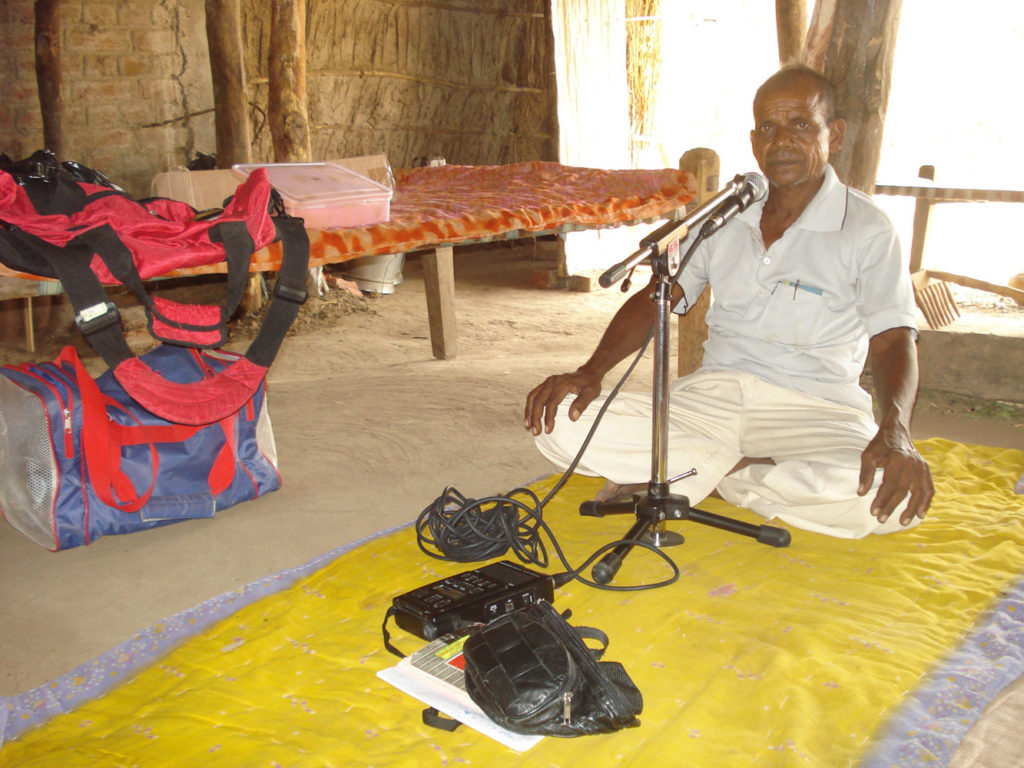Oral history is defined by Cambridge Dictionary as, “information about a historical event or period that is told to you by people who experienced it.”

In India, oral history has been an age old tradition where knowledge, information and history are often passed on to the next generation orally. This is true particularly among the communities with languages that do not have a written script or in areas and among communities where the literacy rates are not high. Rural, adivasi and ethnic communities in particular adopt the practice of passing history and knowledge orally.
Oral history is gaining significance as an important method of study of history since it is a more participatory process of recording historical events. Highlighting the significance of oral history, Dr. Mridul Hazarika, Vice Chancellor of Guwahati University in his address to the annual conference of Oral History Association of India, November 2017 rightly said, “oral history will take a central position in history in the days to come. Oral history recognizes the role of those people who appear to be least significant”.
Similarly, oral historian Allessandro Portelli, Professor of Anglo-American literature at the University of Rome La Sapienza, says, “oral history gains significance with the increasing mistrust of the official history. Oral history is the history of the marginalised. Oral history is respectful of people’s ability to speak, it respects the freedom of expression, it is proud of people’s heritage and recognizes the ability of people to be authors and creators”.
Thus oral history as a medium is most appropriate to record struggles of people over fundamental issues of development, equity and justice. The power of oral history as a method, and the opportunities that it offers for the voices of the marginalised and of the unheard to contribute to the recording and study of history, are seen in their full effect in these oral histories of the Narmada struggle.
More discussion on the strengths and limitations of this approach are given in the Methodology Section.